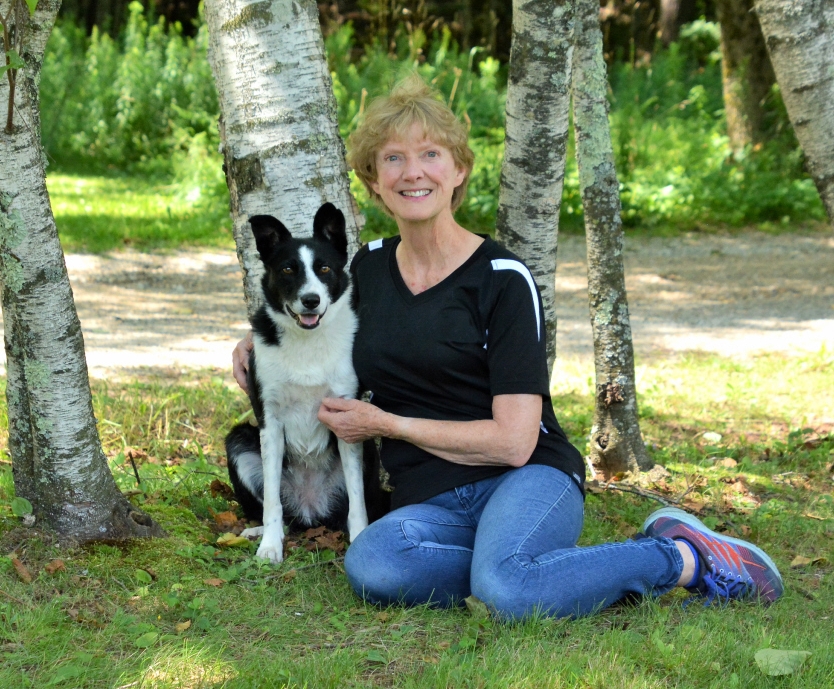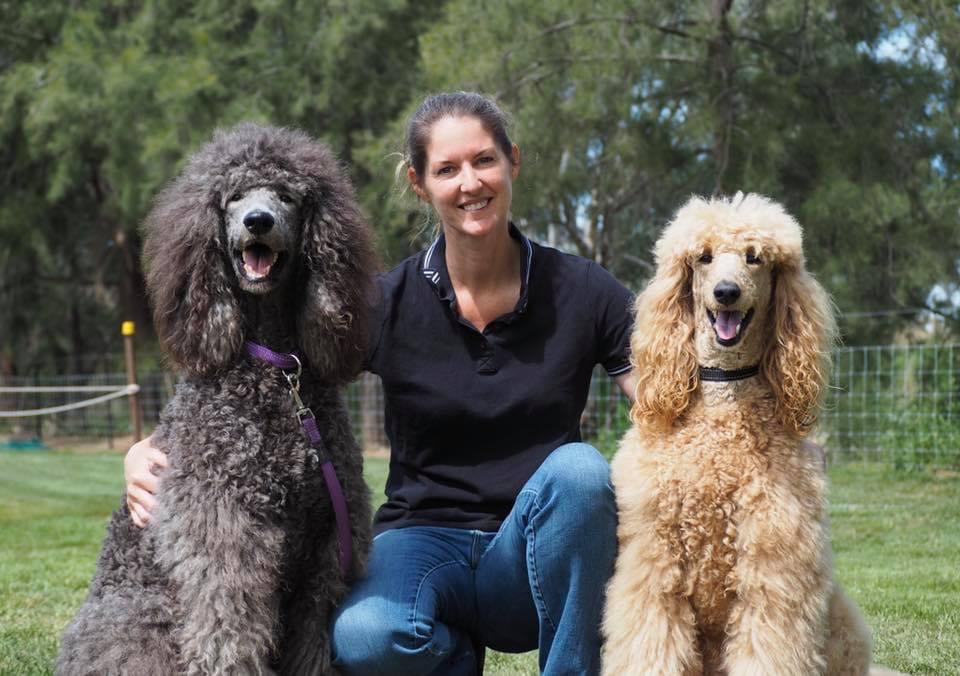Course Details
In dogs, adolescence starts anywhere between 6 and 12 months and typically ends somewhere between 18 months and 24 months, but can extend until much later in some dogs. Adolescence is accompanied by physical changes, endocrinological changes, and neurological changes. During this phase there can be significant changes to motivation, preferences, energy levels, ability to focus, emotion regulation, impulse control, and decision-making skills.
For some dogs adolescence is a stage that may go almost unnoticed as they make a seamless transition from puppyhood to adulthood, but for others we see BIG behavioral changes. These changes may affect life skills and/or they may affect aspects of our sport-based training.
Being aware of the changes our dog may experience during this developmental phase allows us to be proactive with our training and management. Small adjustments we make at this time in our dog’s life can help our dog to emerge into adulthood as a confident, capable, relaxed, and well-rounded individual.
This class is shared between Julie Daniels and Sharon Carroll.
* In the first 3 weeks, Julie will present a wide range of practical games/exercises that have been specifically selected to build skills needed during the adolescent phase. Julie will be able to adapt these games to suit robust and enthusiastic dogs as well as those that require further confidence boosting.
* In the second 3 weeks, Sharon will be presenting a wide variety of theory topics related to adolescence, as well as a "handler's choice" practical component. The "handler's choice" component will include options for addressing specific existing unwanted behaviors, as well as options that are more related to developing general life skills such as ignoring distractions and remaining “clear headed” in a variety of environments.
Although this class has many topics targeted toward sport dogs, the overall contents of this class is highly relevant for pet dogs too.
Gold spots will be best suited to any dog aged between 6 months and 2 years, however due to the delayed maturity in many breeds / lines / individuals the content of this class may still be beneficial for much older dogs.
There is a teaching assistant (TA) for Julie's games / exercises, who will continue in the FB group for the entire 6 weeks of the class. This will allow everyone the opportunity to continue to access feedback as they work through all of the wonderful games / exercises that are presented in the first 3 weeks of this class.
Teaching Approach
Julie Daniels’ component:
Julie will teach the first three weeks of this class. She will release lectures and be in the classroom 6 days per week during her 3 weeks of the class. This content will include a wide variety of practical exercises / activities / games.
Julie's content is presented in written form with videos to support practical exercises. This is a hands-on training component of the course.
During the practical work Julie will be helping the gold students to build their dog’s skills, while continually assessing their dog’s emotional state. The overall goal being to build cooperation without coercion. Julie will also support discussions and answer questions from Gold and Silver students in the Discussion Forum during those three weeks.
Food treats will be used extensively during hands-on training. Kibble is commonly used rather than high-value treats, but this can be adjusted to suit individual dogs. Due to the structure of the exercises, food is preferable to toys for many of the practical activities, but toy play and the many uses of toys and other reinforcers will also be part of the class.
Sharon Carroll’s component:
Sharon will release an introduction to her component of the class before the class begins on April 1, then Julie will start the class with her three weeks of hands-on training. Sharon will be in the classroom only for the last three weeks of the class, during these three weeks Sharon will release written topics in two blocks each week: one block at the start of the week and one block mid-week.
The content is presented in written form, with the occasional diagram or chart to support the written information. Practical activities may be supported with short video demonstrations, these may include audio voice-over but are always supported with a detailed written description.
The practical component will be a “handler’s choice” focused on behavior modification (i.e. shifting existing unwanted behaviors towards more desirable / appropriate alternatives). There will be an option for "improving skills for ignoring distractions" for those teams not requiring help with specific behavior modification.
General Information:
NOTE - Julie Daniels will only be available in the working student forums for weeks 1, 2, and 3. Sharon Carroll will only be available in the working student forums for weeks 4, 5, and 6.
All students are encouraged to follow along with the Gold and Silver students’ forums to get the most benefit from this class. This is where all students can see the practical components applied in a real-life setting with appropriate adjustments made to suit the needs of each individual dog and handler.
This class is heavily focused on providing increased understanding of why our adolescent dogs perform the behaviors they do. Much of the learning is concept based, with full opportunity for in-depth discussion for all students on the class Facebook page, and for Gold and Silver students in the Discussion Forum.
 Instructor: Julie Daniels
Instructor: Julie DanielsJulie Daniels (she/her) won her first award for writing in the fourth grade, and she was training dogs long before that. Today Julie Daniels is one of the foremost names in dog agility in the United States. She was one of the early champions of the sport and helped many clubs throughout the country...(Click here for full bio and to view Julie's upcoming courses)
 Instructor: Sharon Carroll
Instructor: Sharon CarrollSharon (she/her) has been a professional animal trainer for 30 years. She has been both a presenter and trainer in a range of animal shows, and currently operates, a dog training and behaviour consulting business based in Newcastle, Australia. (Click here for full bio and to view Sharon's upcoming courses.)


